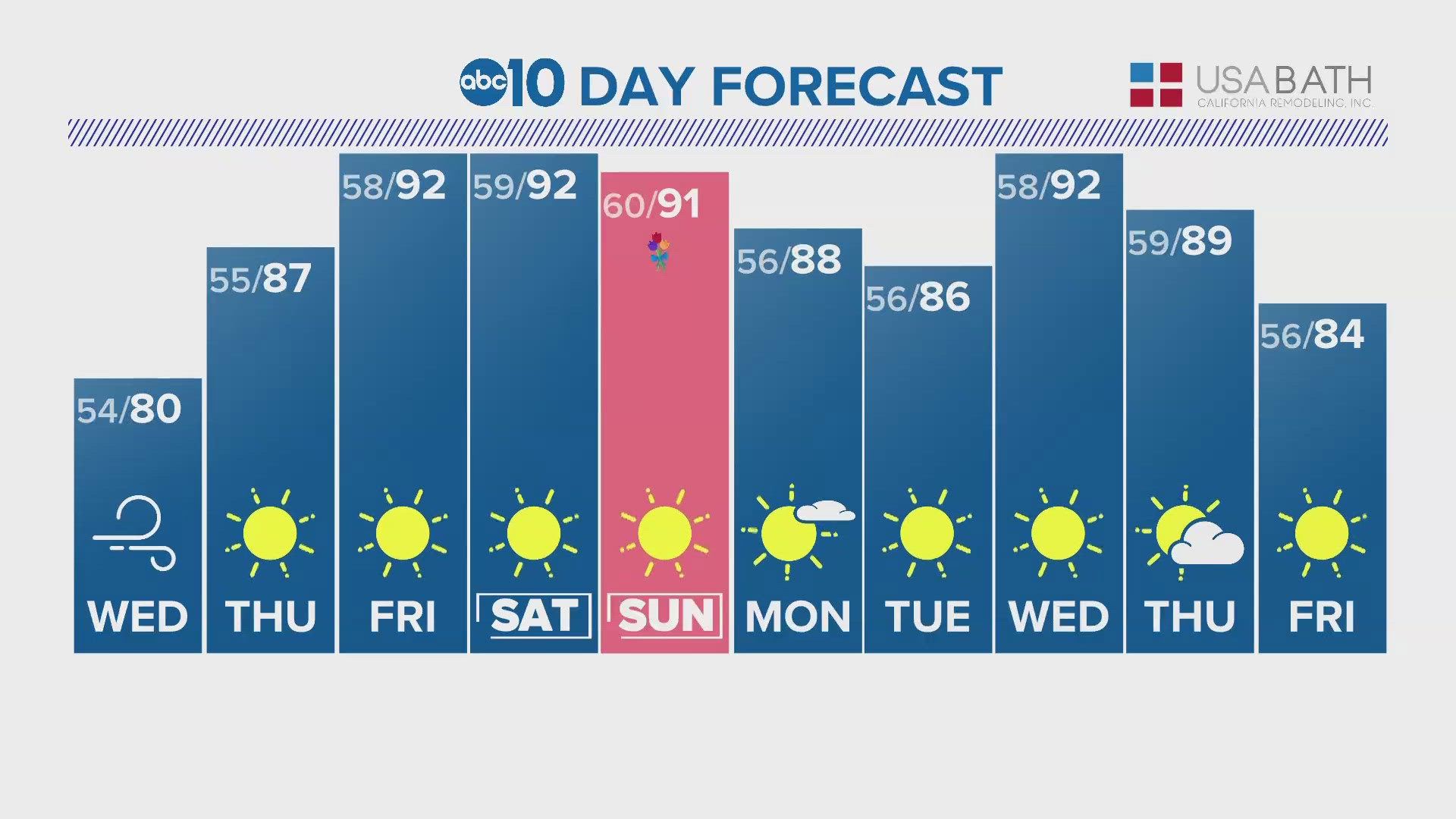My prediction is that lots of people will be talking about El Niño in the next month, so I wanted to give you a sneak peek on why I think it's going to happen.
First a primer...El Niño is an phenomena that happens far away from California in the middle of the Pacific Ocean. When the normal trade winds shift to calm or moving in the opposite direction, you see the ocean water change temperature from it's normal range.
Over the years, we have seen that when one spot is warmer than normal, El Niño 3.4 zone, we tend to see patterns emerge all over the world. It doesn't happen every time, but there is some statistical link to more rain than normal for Southern California, and less in the Pacific Northwest.

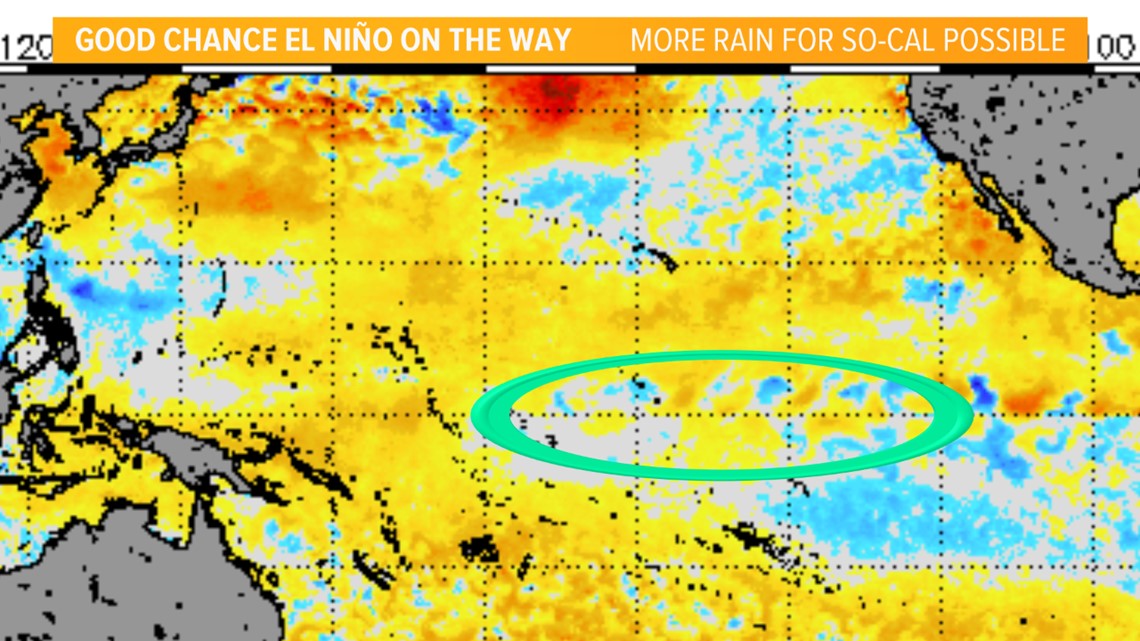
Computers are pretty good at detecting the trend up or down and they are all going nuts about a warm up soon. The warmer the water gets in that zone the stronger the El Nino event becomes.

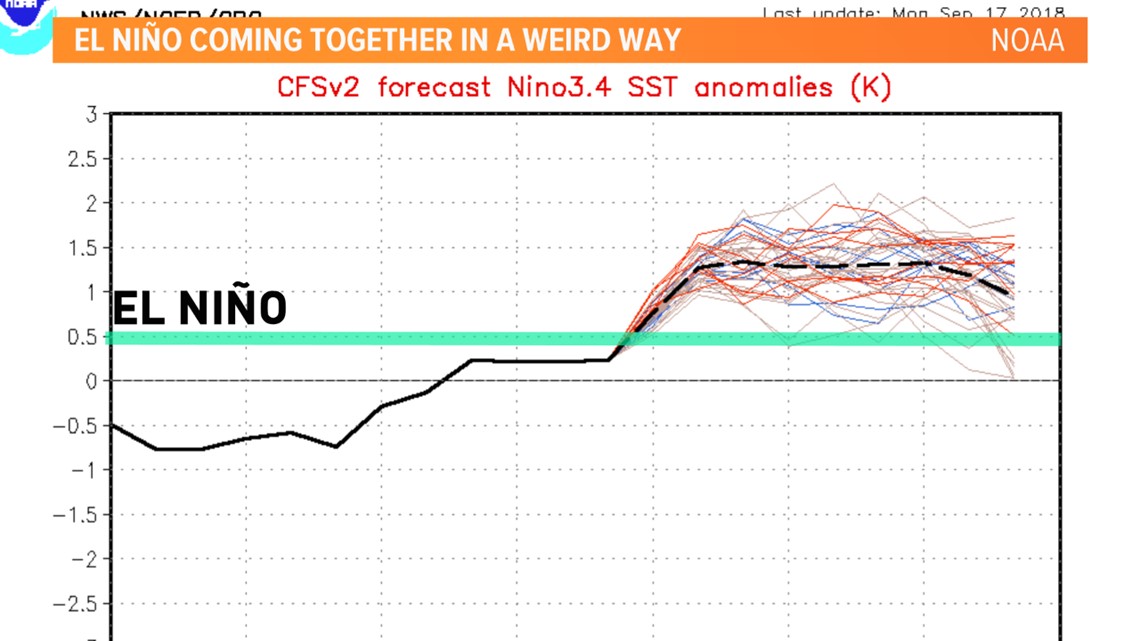
The reason why I think this has merit is what is actually happening under the surface of the ocean. In the weird graphic with arrows below, you see a big bubble of yellow. This is a mass of warmer water moving east to west under the surface. We call this a Kelvin Wave. We can detect these with floating ocean buoys with thermometers that go down about 1000 feet under the ocean. The data we get from this is real data and not projections.

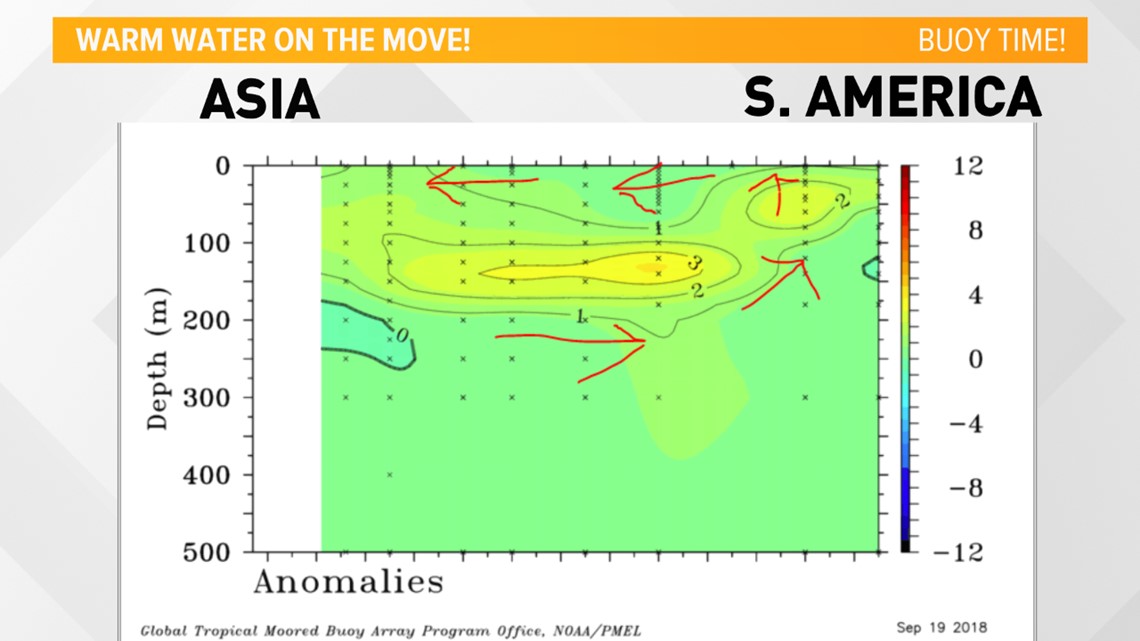
When the warm water surfaces near South America in the coming weeks, the normal west to east trade winds — think of how hurricanes move off Mexico to the ocean — move this warmer water to the central pacific...then it's game on and everyone will hype up El Niño.

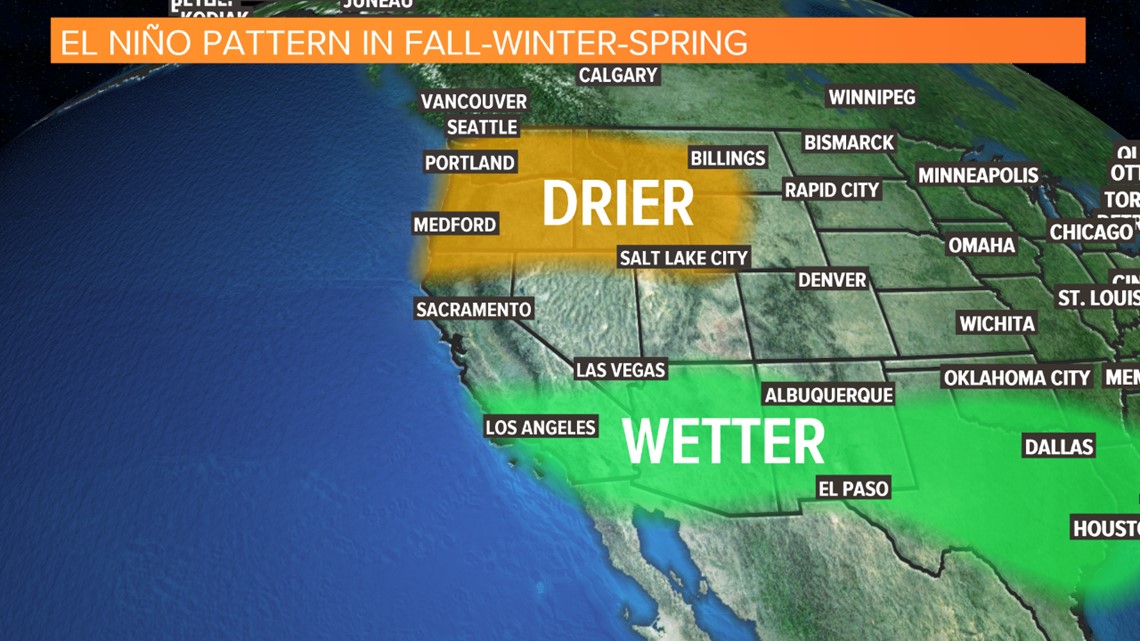
The dots need to connect, but they are there.
Continue the conversation with Rob on Facebook.


